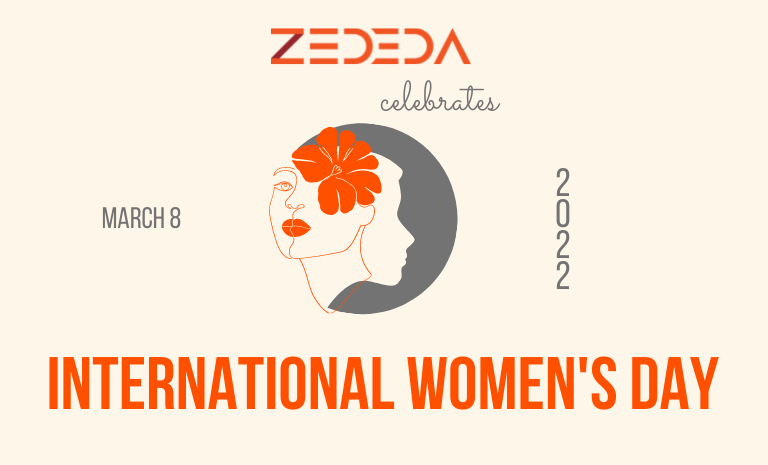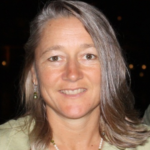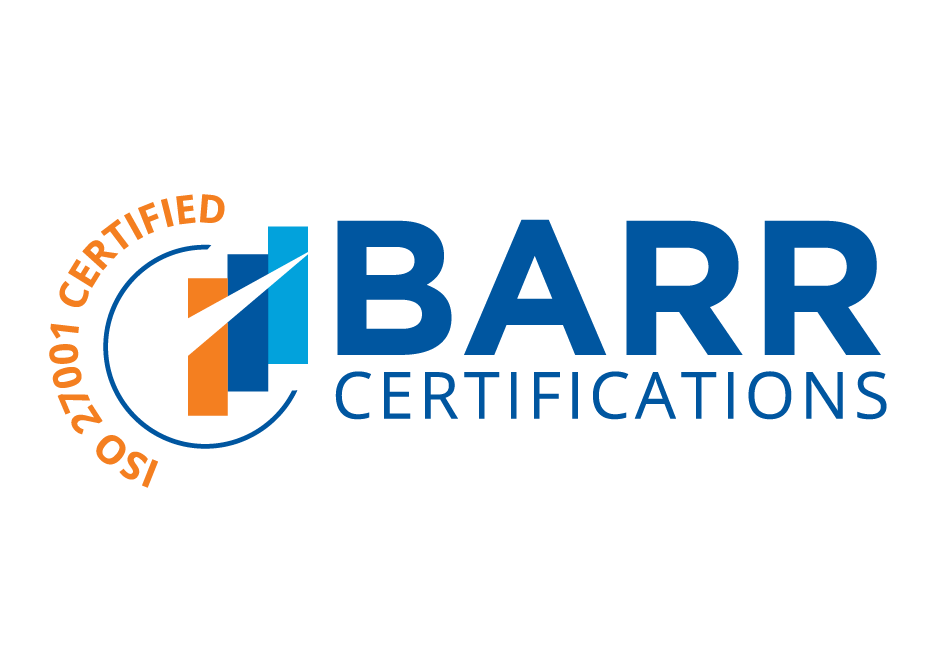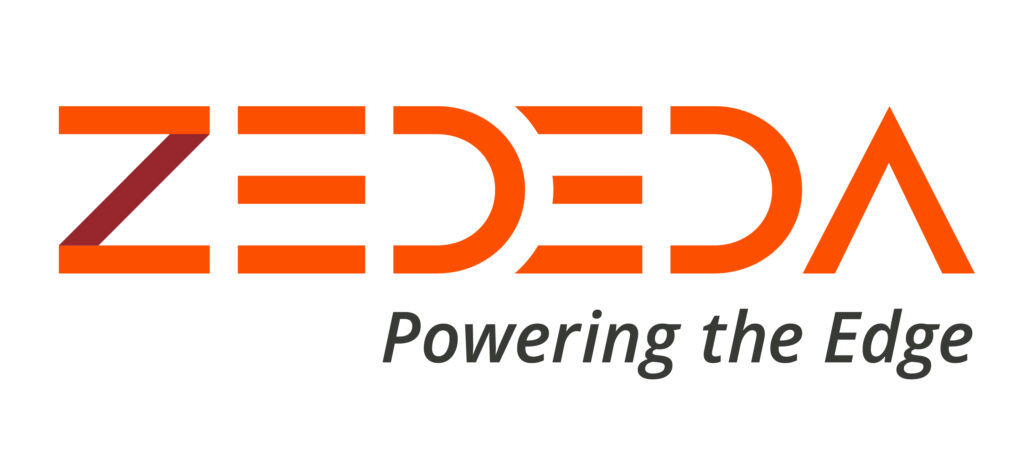
Growing up in Minnesota, I had kind and supportive parents, relatives, teachers, and friends. I had good fortune and opportunity, and a healthy dose of confidence from athletic and academic success to support my upbringing.
I also got lucky. On the night of high school graduation I received a scholarship from a local manufacturing company and as I was shaking the hand of the gentleman presenting me with the scholarship, he also gave me his business card and told me to contact him if I was interested in a summer job. That summer I went from a resume of babysitting and graduating high school with honors, to learning electronics, hydraulics, and testing/debugging digital control panels. Each summer I went back and expanded my knowledge from on-the-job learning, to the point where I was rewriting low-level software of the full-time engineers, in order to improve test systems that exercised major solenoid-driven hydraulic and electrical equipment. Soldering, debugging using a digital multimeter, wire-wrapping the backplanes of digital control panels, writing assembly language based test systems, and learning to operate a large number of fancy and expensive pieces of industrial test equipment were added to my technical skills before I finished my undergraduate electrical engineering (EE) degree.
Perhaps because I started working with experienced professional engineers at the age of 17, the age gap between my colleagues and I was more noticeable to me than my differing gender. And although I may have been outnumbered (by a long shot) in terms of the ratio of men to women in my engineering classes at the university, I wasn’t outsmarted so I didn’t fret about it. EE was full of math, and I loved math.
Early in my career, the uneven ratio of men to women engineers continued much like undergraduate and graduate school – very few women. As the years went by and I gained experience, I noticed that women in technical and leadership roles were hard to spot, to the point of non-existence. I began to “feel” society’s stereotype more and more against me. One example was at a very large technology company when I’d already had over 15 years of experience. My natural leadership skills allowed me to take on plenty of responsibility, but because I didn’t “ask” to be promoted, I sat at the same level in the company for six years. At that point I simply left in order to advance, rather than asking. I’m still proud that I directed a couple key technology strategies related to open source software that everyone recognized in hindsight as significant, and that have remained in place ever since.
Creating Opportunities for Women in STEM
One of my theories is that when people expect engineers to be male, it makes it harder for women to feel that they belong, and harder for men at the top to expect to see women among them. Taking time off to have children also holds women back. The older I got, the more I witnessed and felt the unconscious gender bias resulting in less promotional recognition and fewer advanced project and growth opportunities for women as compared to their male counterparts. With few to no role models at top leadership positions to aspire to within one’s own company, I recommend seeking them (and offering them) across multiple organizations.
And this is why now that I’m far along in my own career, I love being a mentor, sponsor, supporter, and advocate to younger women as part of the TechWomen program, fiscally funded by the US Department of State, and sponsored by volunteers in technology companies such as my own, ZEDEDA. In this program I am able to network with other high-level professional and technical women mentors and I have the chance to mentor younger women from an international community. I’m highly inspired by women in both groups.
The TechWomen program is a professional and cultural win-win. The mentors are mostly based in Silicon Valley, and the younger emerging leaders (ELs) are women from Africa, the Middle East, and Central Asia. This spring I’m mentoring two ELs out of over one hundred total who arrived in the US on February 23, and who will be staying for 5 weeks: Leonida Soi, a STEM educator and community volunteer/advocate from Kenya, and Ainura Mitalipova, a STEM professor at Osh State University in the Kyrgyz Republic of Central Asia. I’d love to see this TechWomen program expand to all sorts of careers and exchanges across the entire globe. Can you imagine what economic opportunity such an interaction would enable, and what enhanced cultural relationships it would create to drive greater peace among our various nations?
My other favorite volunteer work is to improve technology learning opportunities for young people. For several years I have been teaching physical computing, electronics, and related programming tools (e.g., MicroBlocks) to young people (or their teachers), especially women and girls. These days most children grow up capable of using technology from an early age, but how do we inspire them to be creators and not just consumers? How can we expose girls to role models who are women, and children in disadvantaged geographic regions to role models who are local or culturally aligned? We must provide children around the globe with strong technology learning opportunities. We must catch them at an early age, before their natural enthusiasm and curiosity of the world is worn down by social stereotypes that imply that they don’t belong in high-level roles.
So to all of the wonderful and very deserving women in this world, I hope I’ve added a little inspiration to your special day. Happy International Women’s Day!




